
Jiline "Jil" Sander is a German fashion designer that creates minimalist premium womenswear, menswear, bags, shoes, and accessories for her Jil Sander fashion house.
Jil Sander+ is a design collection from the collaborative label in partnership with Uniqlo. Jil Sander has been working with Uniqlo on and off since 2009 to create new collections.
Jil Sander's fashion pieces are highly recognizable and feature minimalist aesthetics and demure colors. The brand's Autumn and Winter, Spring and Summer wear are available online and in-store in worldwide locations.
Panaprium is independent and reader supported. If you buy something through our link, we may earn a commission. If you can, please support us on a monthly basis. It takes less than a minute to set up, and you will be making a big impact every single month. Thank you!
Sustainability Rating: 3/10
Rating FAQ
Category: Clothing, bags, shoes, accessories, jewelry
For: Women, men
Type: Basics, denim, dresses, knitwear, loungewear, outerwear, sleepwear, flats, sandals, boots, sneakers
Style: Chic, haute couture
Quality: High
Price: $$$
Sizes: XS-2XL, 0-10 (US), 4-14 (UK), 34-44 (EU), 4-14 (AU)
Fabrics: Cotton, linen, ramie, jute, lyocell, viscose, cupro, acetate, polyester, nylon, spandex, polyurethane, rubber, leather, wool, silk
100% Organic: No
100% Vegan: No
Ethical & Fair: No
Recycling: Yes
Producing country: not transparent enough
Certifications: no certification
Sustainability Practices
Jil Sander uses a small proportion of sustainable and natural materials such as linen, ramie, and jute.
The designer brand also uses some semi-synthetic regenerated fibers such as lyocell, viscose, cupro, and acetate made from renewable materials.
However, Jil Sander uses polluting conventional cotton to produce many of her clothes. And most of the brand's fabrics are highly polluting synthetic petroleum-based fibers such as spandex, polyester, and nylon.
Jil Sander doesn't provide any information regarding how she chooses her suppliers. She doesn't state how often audits are conducted to ensure ethical and sustainable production, ethical working conditions, social and labor standards, safety, and other important rights for workers in its supply chain.
Jil Sander doesn't use any exotic animal skin, or hair, fur, angora. But she uses leather, wool, and silk to manufacture many of her clothing pieces.
These animal-derived materials are cruel and unethical and harm the environment by producing greenhouse gases and wastes. More sustainable alternatives exist.
Sustainability Goals
However, Jil Sander doesn't measure her water usage, pollution, greenhouse gas emissions, and waste across the supply chain. She doesn't have any sustainability goals, science-based targets, or timelines to improve in the future.
Buy Here
Discover Jil Sander's collections at jilsander.com.
Reviews And Experiences With Jil Sander
Have you had (good) experiences with shopping at or the products of Jil Sander? Then leave us your rating below.
What We're Up Against
Multinational corporations overproducing cheap products in the poorest countries.
Huge factories with sweatshop-like conditions underpaying workers.
Media conglomerates promoting unethical, unsustainable products.
Bad actors encouraging overconsumption through oblivious behavior.
- - - -
Thankfully, we've got our supporters, including you.
Panaprium is funded by readers like you who want to join us in our mission to make the world entirely sustainable.
If you can, please support us on a monthly basis. It takes less than a minute to set up, and you will be making a big impact every single month. Thank you.

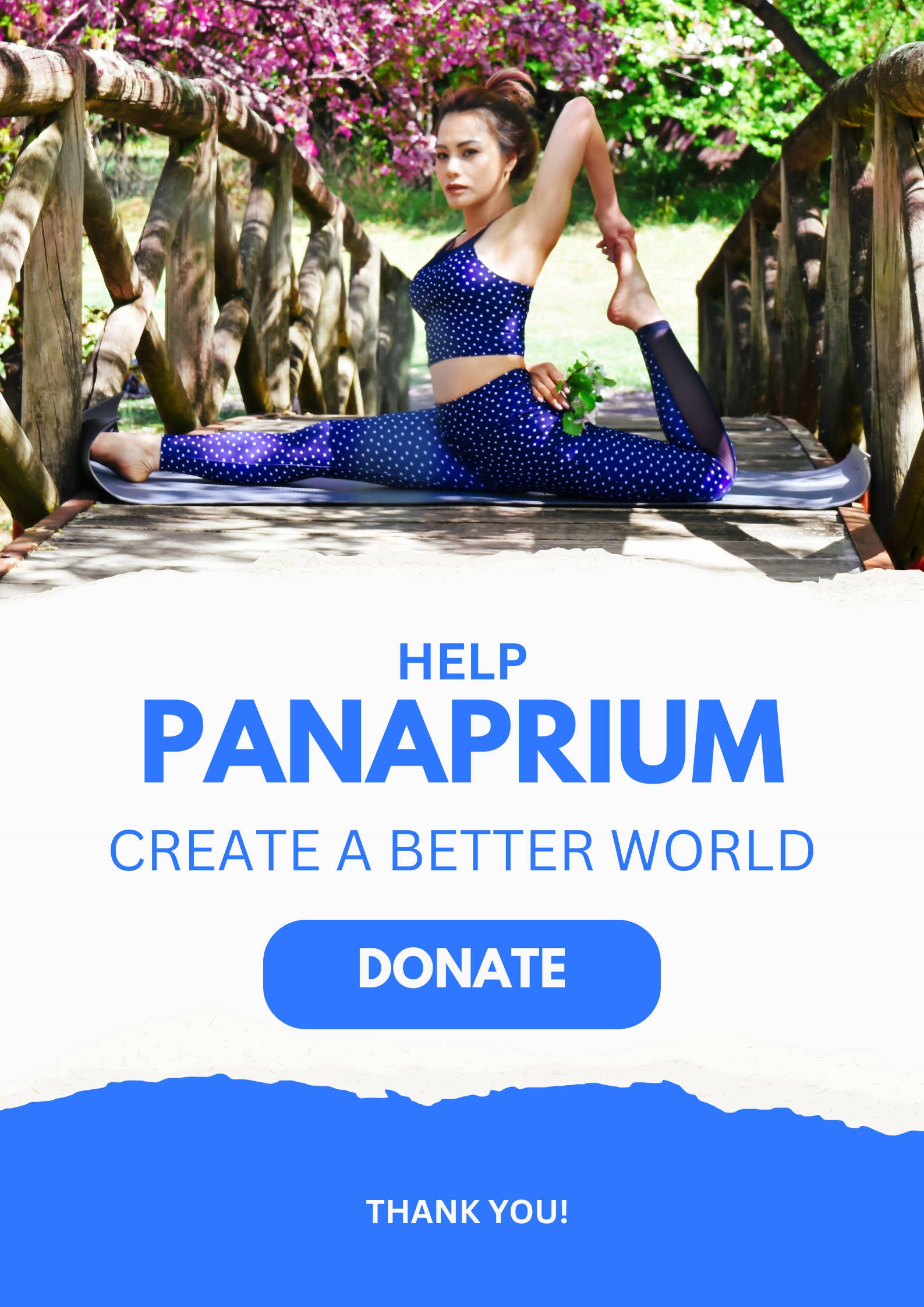





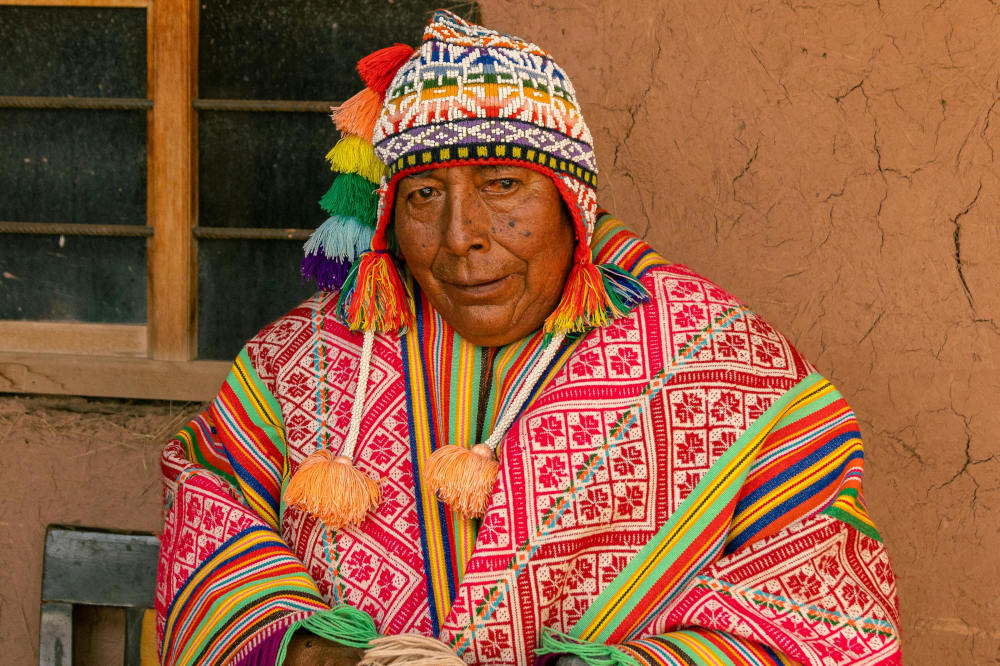








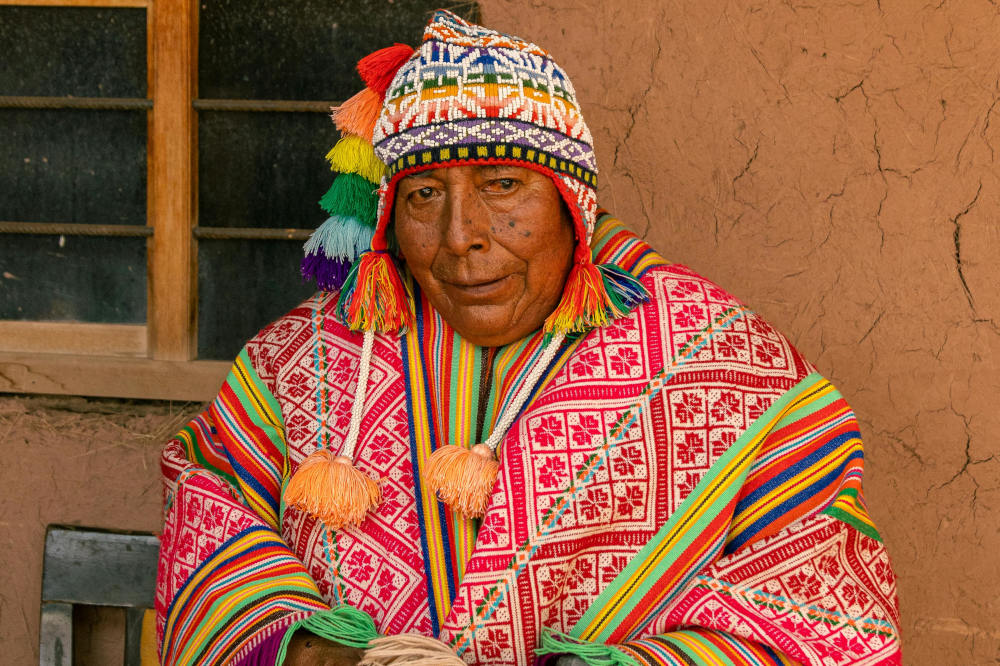
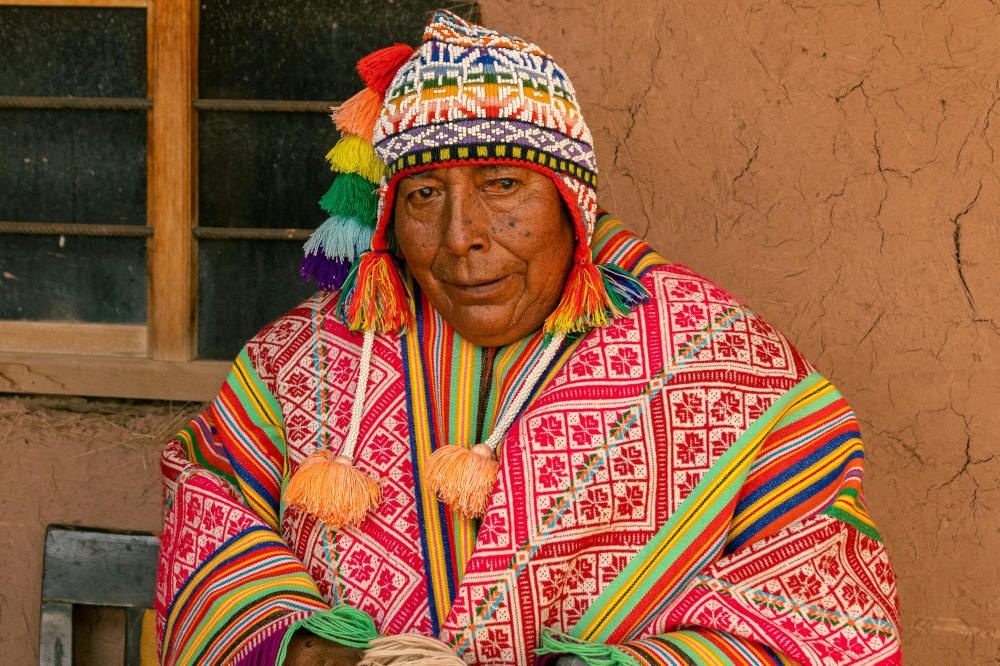
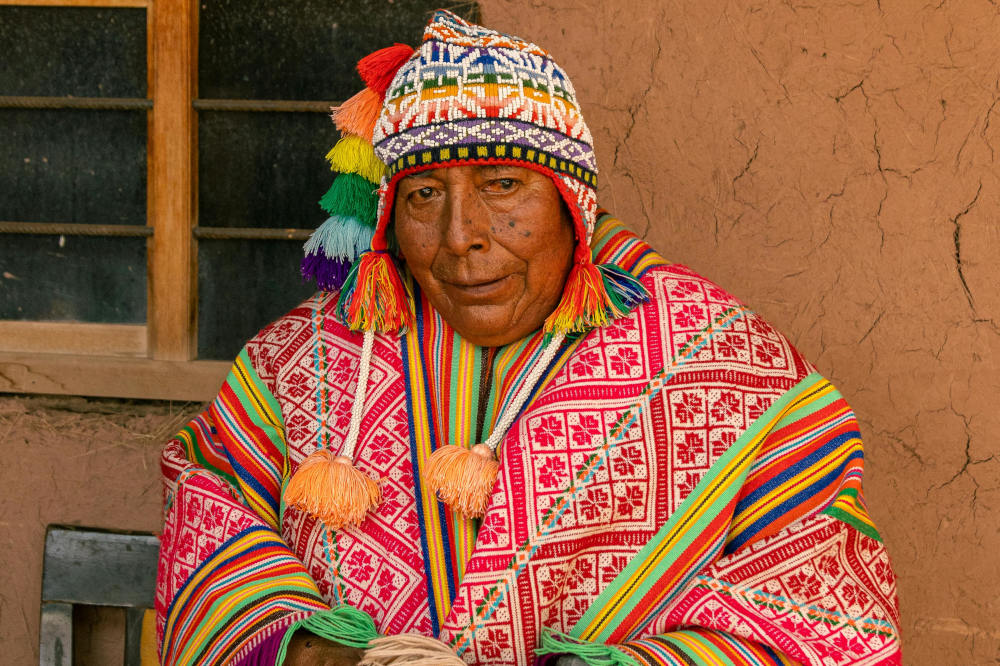



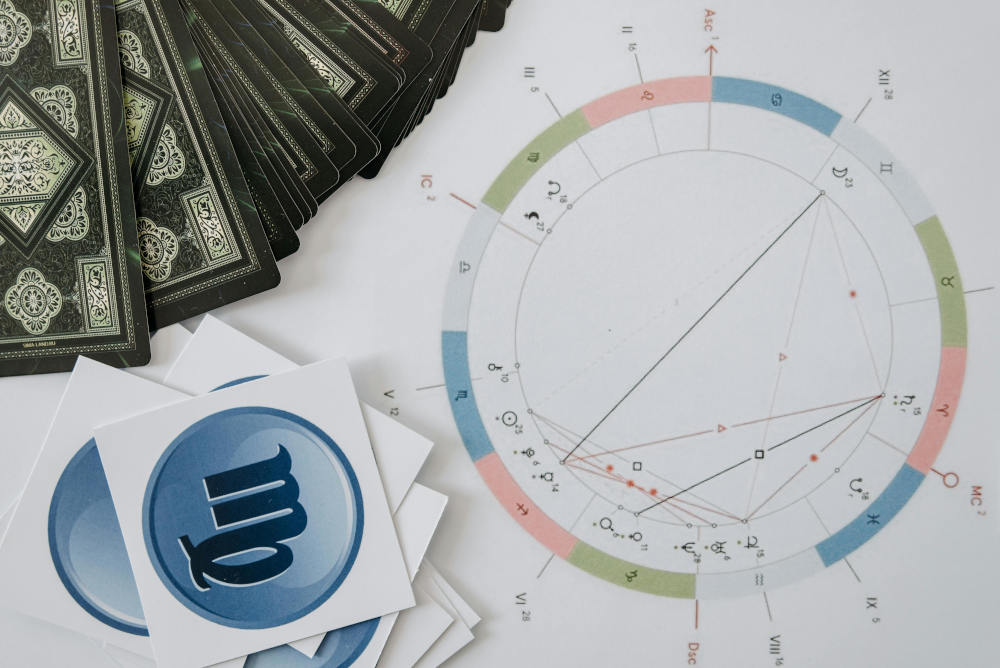
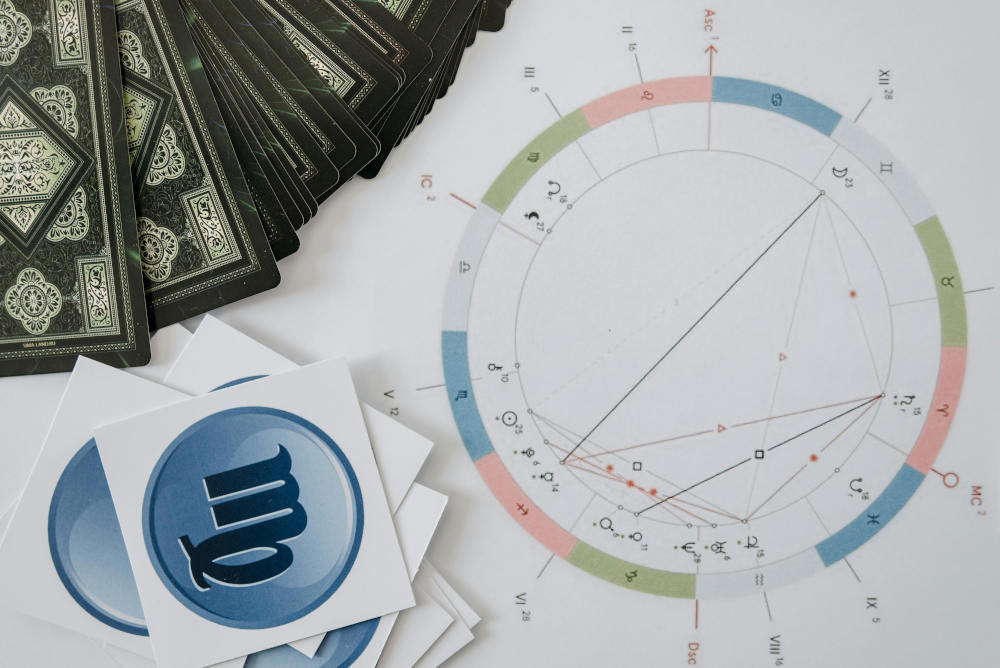
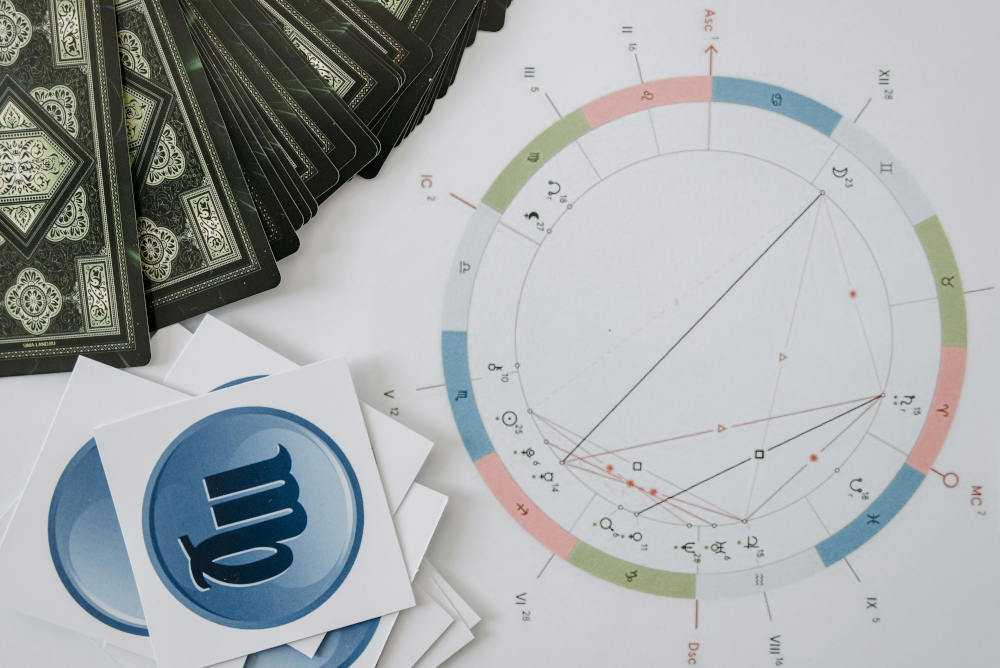
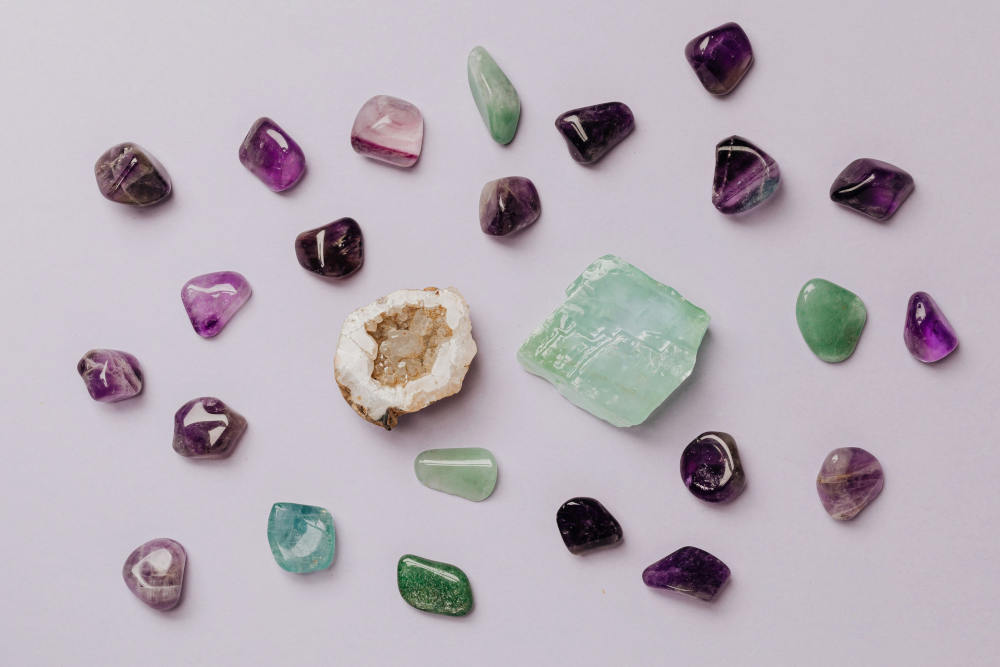

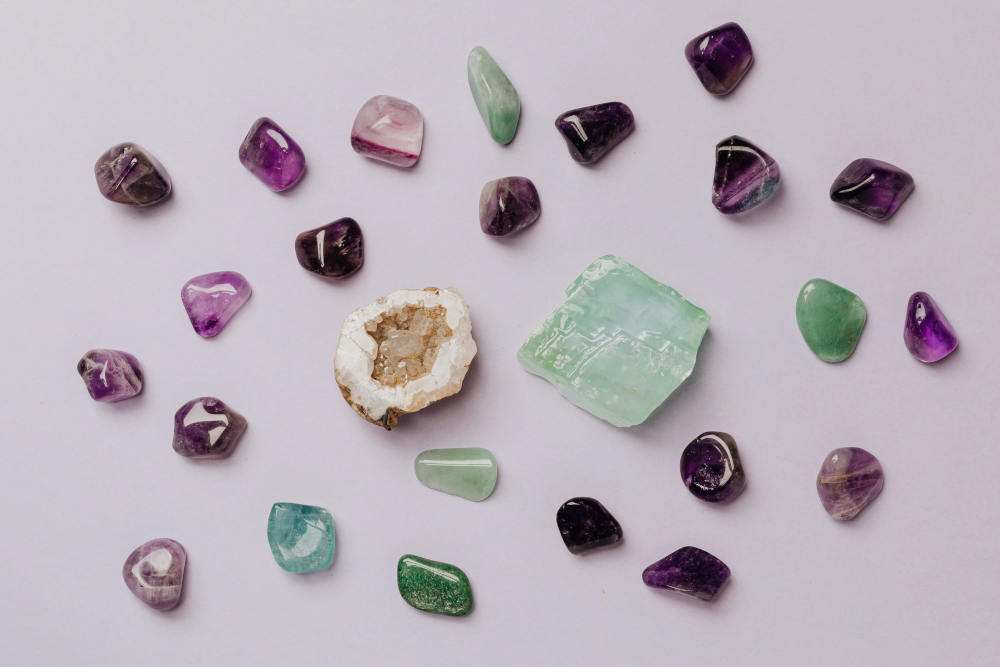
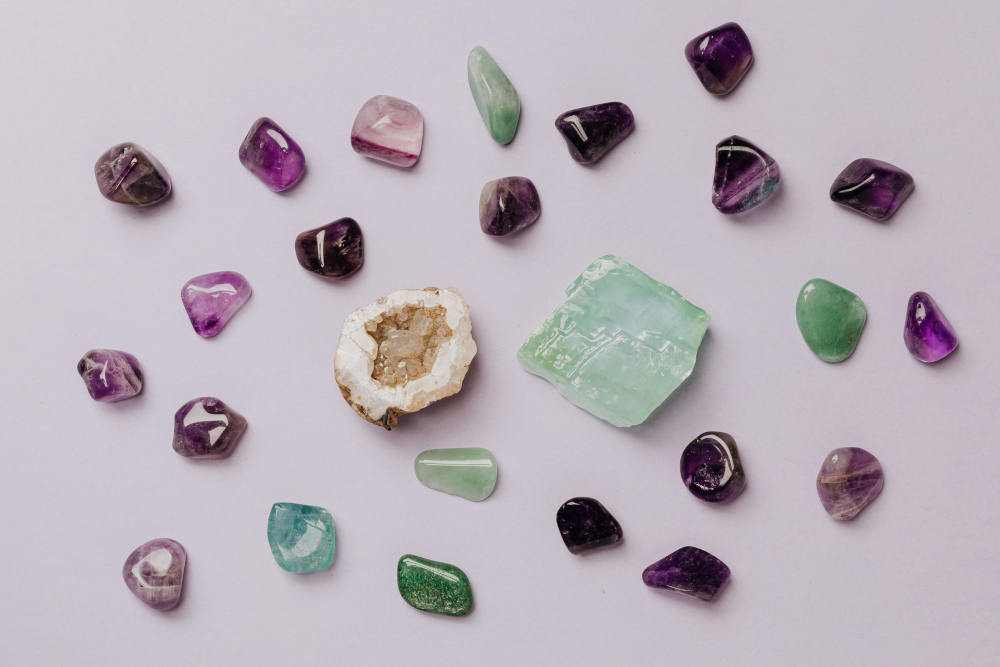
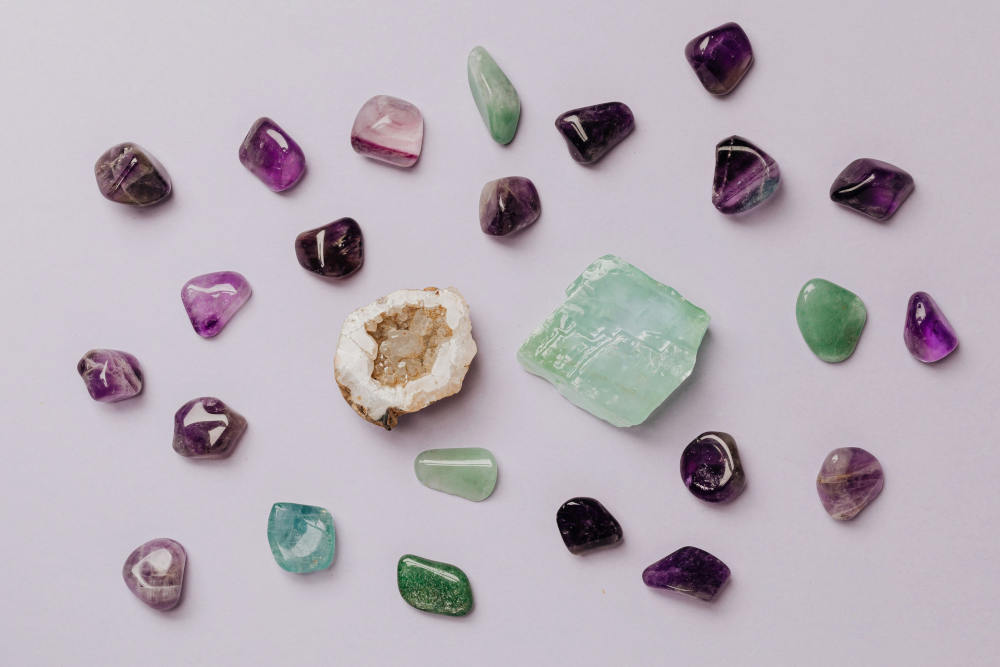
0 comments